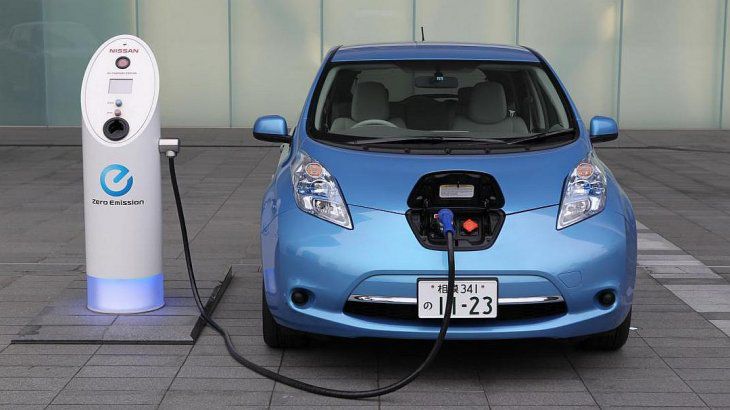Renewable energy in Cuba will occupy a more prominent place in the coming years.
The country has just updated the objectives of its National Determined Contribution (NDC), which outlines the efforts proposed to reduce emissions under the Paris Agreement.
It established that, among the goals for 2013, it aims to generate 26% of its electricity with renewable energies.
## Renewable energy in Cuba: the objectives
According to a statement from the United Nations Development Programme (UNDP), the Cuban Government set several climate goals for 2035.
Among them is the goal of generating 26% of its electricity with renewable energies and achieving that 70% of new vehicle registrations are electric models.
Cuba’s electricity generation matrix, amid an energy crisis causing frequent blackouts, is dominated by national oil and gas.

Renewable energy sources are present, although they still represent a very small percentage of the total generation.
According to the International Renewable Energy Agency (IRENA), the island had around 816 MW of installed renewable power by the end of 2024.
Specifically, about 440 MW of bioenergy based on bagasse. This is the residue of dried pulp from sugar extraction, which is the main source of biomass for renewable energy generation in Cuba – 292 MW photovoltaic, 69 MW hydro, and 16 MW wind.
## Progress
The head of the Photovoltaic Research Laboratory at the University of Havana, Lidice Vaillant, stated in an interview with Diario de Cuba that “almost a million photovoltaic panels” have already been installed.
She also mentioned plans to deploy “another 3.6 million panels.” This would multiply the installed capacity by five in the last decade.
To meet that strategy, Cuba is undergoing a significant investment process. “It consists of two projects. The first will install 1000 MW within two years; the second, with an equal amount of generation, should be ready by 2031,” Vaillant said.

Among Cuba’s main declared mitigation contributions is the commitment that 26% of total electricity generation will be renewable by 2035.
This also implies the will to increase local energy efficiency to avoid consuming 329,000 tons of oil equivalent (toe) per year between 2031 and 2035.
Additionally, Cuba aims to reduce greenhouse gas emissions through the anaerobic treatment of sugarcane industry waste. This is with a target to reduce emissions to 0.377 tons of CO2 equivalent per hectoliter of alcohol produced.
## Transportation
The plan also includes measures for transport decarbonization. The country aims that by 2035, 70% of newly registered vehicles (imported and domestically produced) will be electric.
Have you visited our YouTube channel? Subscribe!

